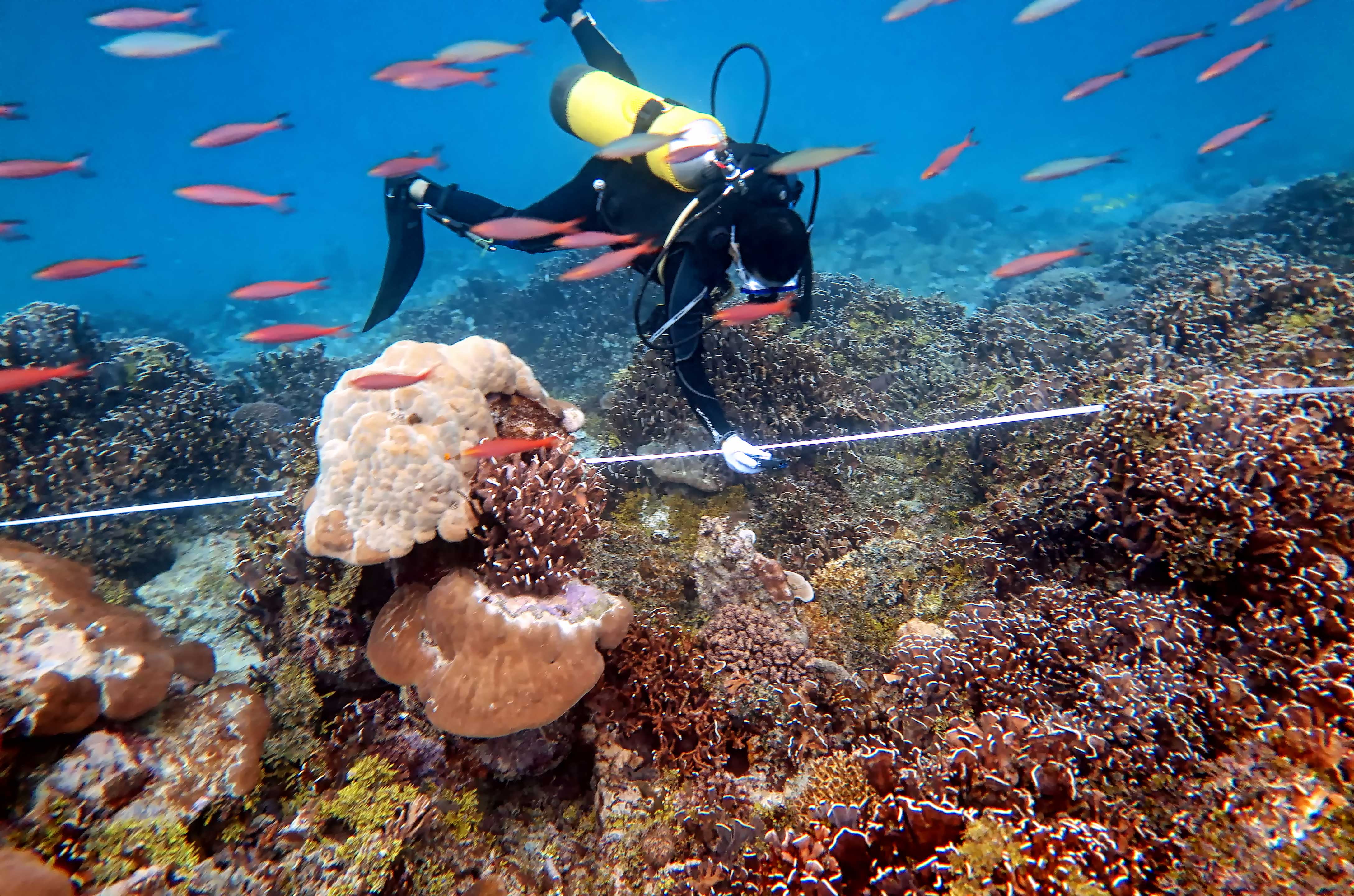 Mengukur terumbu karang di lautan Indonesia – melacak tingkat kesehatan terumbu karang sangat penting untuk mengukur tingkat produktifitas dan jasa lingkungan yang dapat diberikan oleh habitat penting ini. Foto: LIPI
Mengukur terumbu karang di lautan Indonesia – melacak tingkat kesehatan terumbu karang sangat penting untuk mengukur tingkat produktifitas dan jasa lingkungan yang dapat diberikan oleh habitat penting ini. Foto: LIPI
Indonesia is a contrast of bustling cities and stunning remote islets. The archipelago of over 17,000 islands and 260 million inhabitants contains everything from high rises and shopping malls to tiny villages dotted throughout forested islands, stretching across sparkling aquamarine waters.
The country’s reliance on its coastal and marine resources connects these opposite realities. Indonesia's ocean economy – the sum of all activities relying on oceans – is worth over $280 billion annually[1] (more than one quarter of the national economy). Oceans are vital for Indonesia's food security – contributing 52% of the country's protein – while the coasts are the backbone of Indonesia's communities, with 70% of the population living in coastal areas.
Yet the science required to understand these resources, and the evidence-based management that such science supports, needs strengthening in Indonesia, to ensure that the benefits that these ecosystems provide to communities and the economy are fully realized. To give just one example, scientific understanding of coral reef health can help with the design of management strategies for reefs, a resource that delivers over $3.1 billion in value to Indonesia through tourism alone every year[2]. Effective management meanwhile, is needed to protect reefs from threats such as bomb fishing, which hurts reefs and fish stocks and jeopardizing livelihoods.
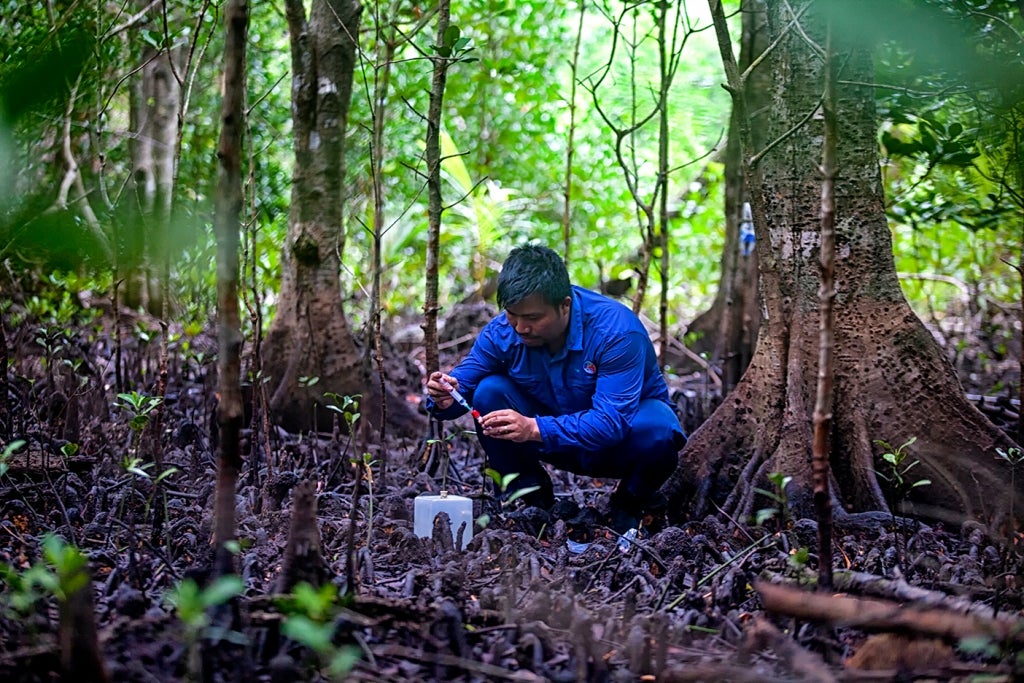
The government of Indonesia's Coral Reef Rehabilitation and Management Program (COREMAP), financed by the World Bank and the Global Environment Facility, has been gradually but significantly building such science and management capacity over a period of 21 years.
Beginning in 1998 as a pilot project to test community-based fisheries management, the first stage of COREMAP laid the legislative groundwork for communities to take part in managing their own coastal resources. Having developed a workable model, COREMAP scaled–up with strong results: over 350 collaborative management plans between community and local government; a significant increase in awareness about ocean health; the return of rare species; 17% growth in coral reef cover in six out of seven project districts; and a 20% increase in the incomes of project beneficiaries.[3]
As COREMAP approaches its 21st anniversary, the program is now well into its third phase. Known as the COREMAP-Coral Triangle Initiative (COREMAP-CTI), the project is building on the earlier ground-level successes by strengthening Indonesia's oceans research capacity. Research activities are led by the Indonesian Institute of Sciences (LIPI), and include:
- A nation-wide coral monitoring program: LIPI and university scientists are now systematically tracking the health of Indonesia's precious reefs for the first time, identifying areas in need of attention, monitoring the impacts of pollution and management changes, and making data available via an online data portal.
- Upgraded marine labs: six labs located throughout the archipelago are being upgraded to undertake critical marine research. This includes a bio-industry lab on the island of Lombok which is researching new opportunities to commercialize high-value species such as sea cucumber and oyster pearls (stay tuned to our COREMAP blog series for an upcoming post on this topic).
- Discoveries in unchartered waters: the project's Nusa Manggala Expedition sent 55 scientists on a two-month voyage around Indonesia’s lesser-explored outer islands. The team—from across academia and government—identified candidate areas for marine parks, potential tourism development areas, and rare biodiversity.
- New methods for monitoring seagrass and mangroves: Indonesia is home to the world’s largest seagrass and mangrove areas, providing critical economic functions. Increased capacity to monitor and protect these systems will help the country to better harness their worth.
- A new regional training center: An upgraded Regional Training and Research Center for Marine Biodiversity and Ecosystem Health (RTRC MarBEST) will train and support young scientists and managers from across the region to address marine threats and collaborate across borders.
- Research that responds to policy and economic needs: COREMAP-CTI is making small grants available to support researchers answer practical questions. Results so far include a skin-care cream based on marine products, new understanding of the impact of tourism on sensitive areas, among others.
Yet COREMAP-CTI's contribution is not limited to science. Next month, the project will launch a series of small grants to support two nationally-significant marine protected areas, Raja Ampat and Sawu Sea. The grants aim to provide support for initiatives such as small infrastructure for ecotourism, community surveillance against illegal fishing, and the implementation of national plans of action for threatened species (the topic of a future post in this blog series).
In bringing together robust research and enhanced management capacity, COREMAP is helping Indonesia become a leader in harnessing the benefits of the blue economy. This means managing marine assets for national growth, strengthening rural livelihoods, while protecting the natural environment. In other words, making sure all Indonesians—from the next generation of urbanites to fisherfolk in remote communities—benefit from a healthy ocean.
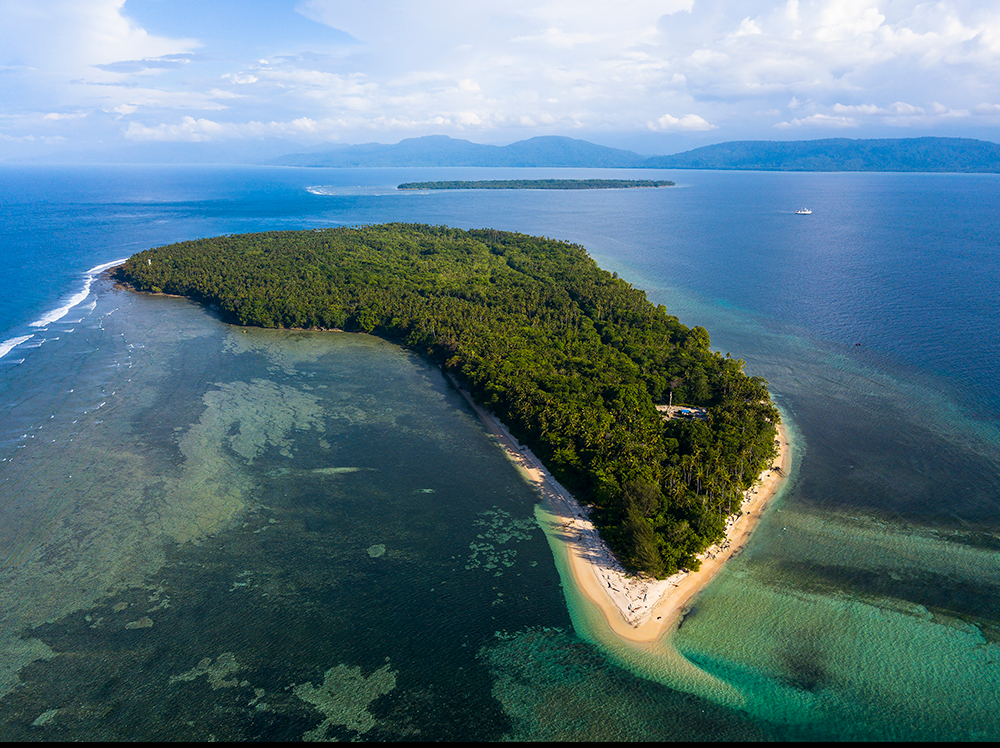
This blog is the first in a series celebrating the 21st anniversary of the Coral Reef Rehabilitation and Management Program (COREMAP), a long-term effort by the Government of Indonesia to protect the country's coral ecosystems and support the communities that live alongside them. Each blog will focus on a goal or accomplishment of this pioneering investment in the future of Indonesia's coasts and oceans.
——————————————————————————————————————————————
[1] Ebarvia, M. 2016. Economic Assessment of Oceans for Sustainable Blue Economy Development. Journal of Ocean and Coastal Economics, 2(2). Figure adjusted for 2019 US$.

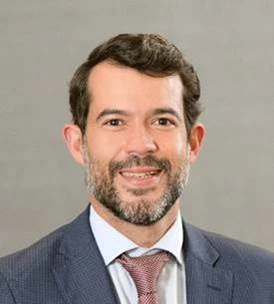
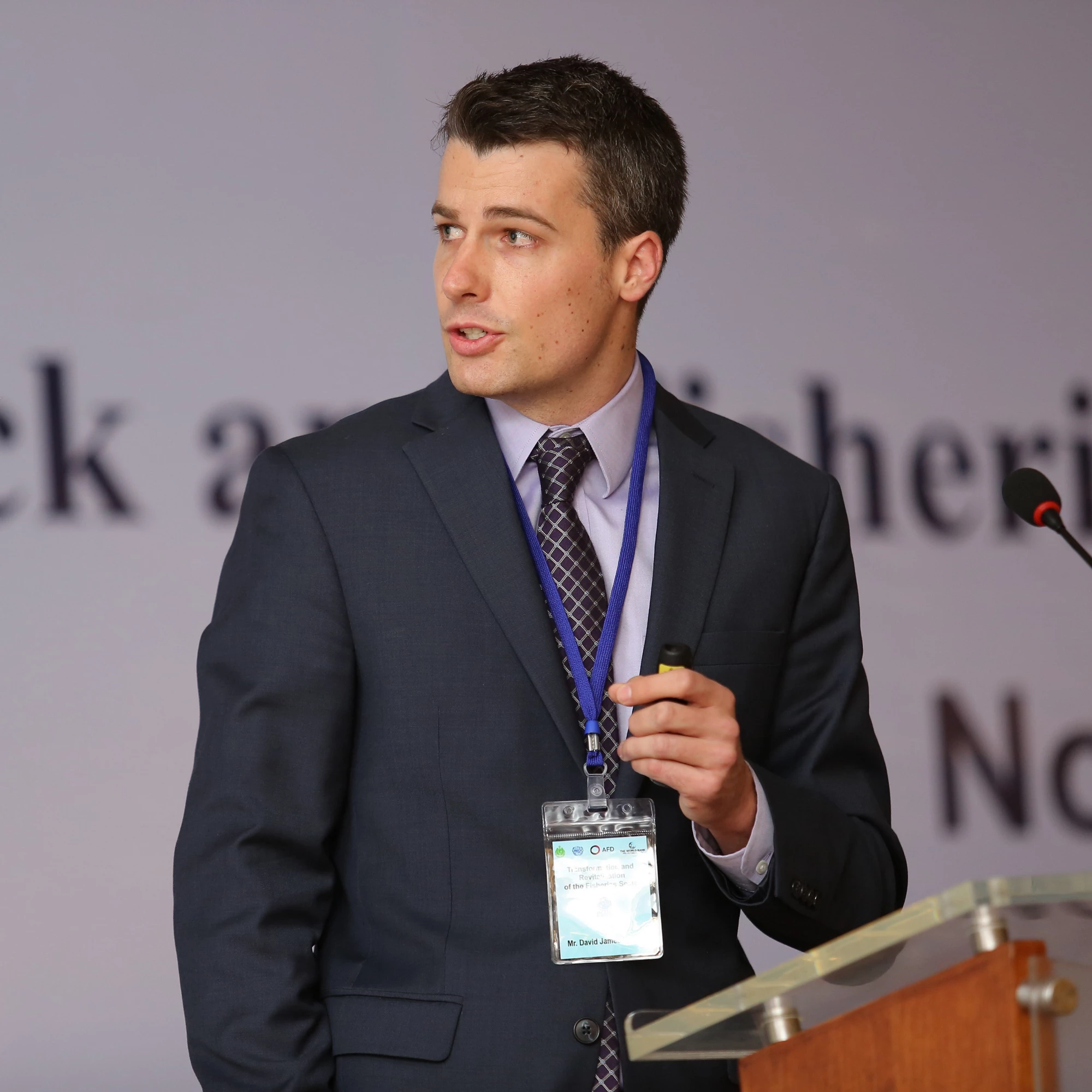
Join the Conversation